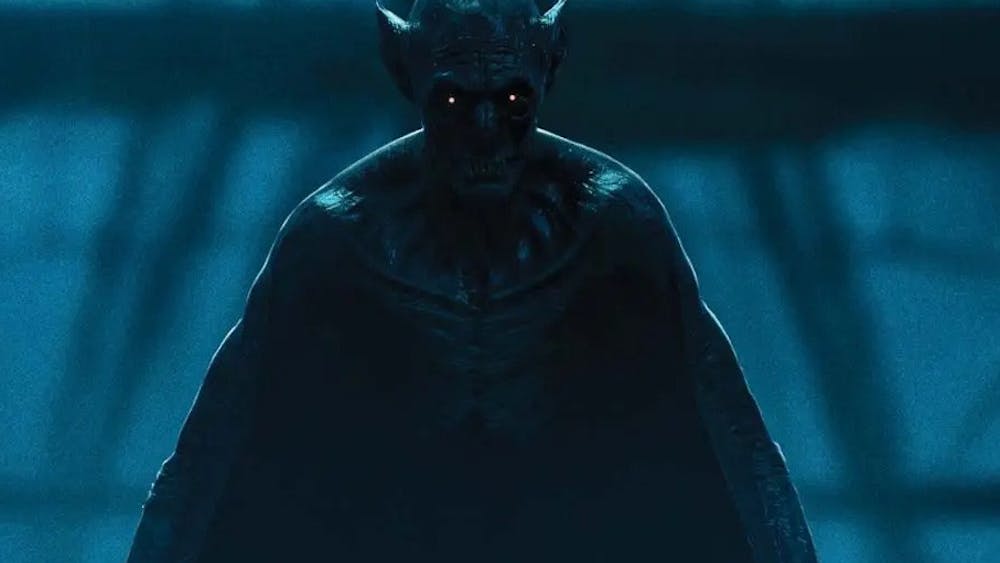Graduate student John R. Armstrong promised a wonderful theatrical experience, not a history lesson, to those who attended "The Crucible" Friday night. He was right. The familiar Arthur Miller play kept energy high and history lessons nonexistent in the IU Department of Theatre and Drama's opening performance of "The Crucible" at the Ruth N. Halls Theatre.\n"The Crucible" takes place in Salem, Mass., during the 17th century. A local girl has fallen ill after her father, Rev. Samuel Parris, played by freshman Taylor St. John, found her, his niece Abigail Williams, his slave and other local girls dancing in the woods. Immediately, talk of witchcraft erupts.\nAbigail, played by senior Jessica Rothert, immediately begins pointing fingers, so as to distract from the occult that took place the night they danced. She manipulates the rest of the girls into accusing town members of witchery to save their own names. Rothert does well as the cunning and manipulative Abigail; just watching her from the audience was intimidating.\nAbigail eventually accuses graduate student Lilia Vassileva's character, Elizabeth Proctor, whose husband had previously had an affair with Abigail. John Proctor, played by Armstrong in his thesis role, forces his servant Mary Warren, played by sophomore Justine Salata, to defend Elizabeth's innocence. Warren is caught between protecting her name and standing up for the truth. \nSalata gives the strongest female performance as the frail Warren. When she closes the first act in tears, it is difficult not to feel the pangs of her character's internal conflict. \nThe climactic courtroom scene of the second act introduces guest actor Dan Kremer, a member of the Actors' Equity Association, as Deputy-Governor Danforth, who is sent to oversee the witch trials. Kremer adds an interesting dynamic to the production, as he is a professional actor. However, the talent levels do not vary; the cast works seamlessly with him. \nArmstrong passionately executes his thesis role of Proctor as chaos and blame build in the courtroom. He carefully marks the transition Proctor makes as those around him give in to fear. By the end of the show, it is Armstrong's performance that truly stands out.\nThe most unique aspect of this production of "The Crucible" is the role of the witnesses. Watching from above the protruding slanted stage are 16 cast members, continually watching the events below. Clad only in black, their heads appear to be floating as their bodies disappear into the background. They serve as a constant reminder that too often people stand back helplessly as corruption occurs. The witnesses also sing beautifully and tastefully performed hymn-like songs at the end of scenes. The rest of the cast also sits on the sides witnessing -- literally omitting the backstage, which adds a more intimate feeling for the audience.\nPuritan simplicity is maintained even though the cast is not outfitted in traditional 17th-century clothing. Instead, the cast is dressed in neutrals, and the set is comprised entirely of plain wooden furniture. The versatility of the set and costumes serves to remind just how well "The Crucible" transcends decades and how relevant it can be now in the 21st century. \n"The Crucible" will be playing at 7:30 p.m. tonight through Saturday at the Ruth N. Halls Theatre. Tickets are $13 to $16 and can be purchased at the IU Auditorium Box Office or through Ticketmaster.com. Student rush tickets for $10 are available the day of each performance for those with a valid IU student ID. Visit www.indiana.edu/~thtr for more information.
Energetic 'Crucible'production anything but a history lesson
Get stories like this in your inbox
Subscribe





